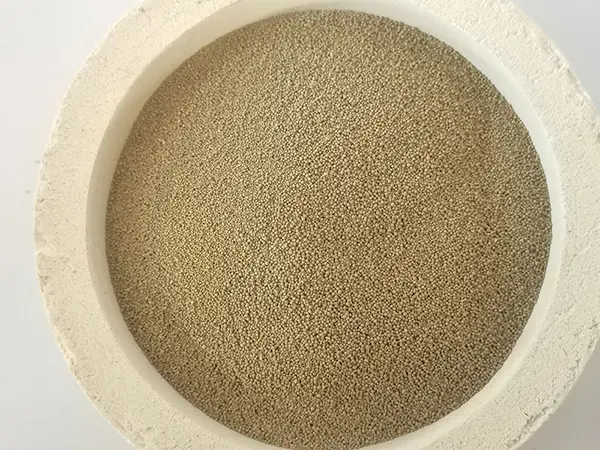Sand Casting with Resin A Modern Approach to Traditional Techniques
Sand casting has been a cornerstone of metalworking for centuries, providing a versatile and efficient method for creating intricate shapes and components. Traditionally, sand casting utilized clay-bonded sand as a mold medium, but advancements in technology have introduced an innovative alternative resin-bonded sand. This modern approach enhances the traditional methods of sand casting and opens new avenues for design and production.
At its core, sand casting involves creating a mold from which molten metal can be poured. The traditional method uses a mixture of sand, clay, and water to craft the mold, a process that can be labor-intensive and time-consuming. However, resin-bonded sand, which utilizes a synthetic resin as a binding agent, streamlines this process significantly. This type of sand offers superior performance characteristics compared to traditional sand molds.
Sand Casting with Resin A Modern Approach to Traditional Techniques
Resin-bonded sand also provides enhanced thermal properties. It can withstand higher temperatures than traditional sand molds without breaking down or deforming. This allows manufacturers to work with a broader range of metals, including those that require elevated pouring temperatures, such as high-performance alloys. As industries demand more advanced materials and designs, the ability to utilize resin-bound sand becomes a significant asset.
sand casting resin

Moreover, the curing process of resin-bonded sand can be controlled more precisely than traditional methods. Depending on the application, resin systems can be modified to achieve the desired properties. For example, manufacturers can select fast-curing resins for rapid prototyping or longer curing times for more complex projects. This adaptability not only improves production timelines but also aligns with the growing demand for just-in-time manufacturing in various sectors.
In addition to efficiency and precision, the environmental impact of resin-bonded sand casting is worth noting. While traditional sand casting can contribute to waste and require significant cleanup, modern resin systems can be designed for reusability and minimal waste generation. Some resins are even formulated to be eco-friendly, further reducing the environmental footprint of the casting process. As sustainability becomes an increasingly important consideration in manufacturing, the shift to resin-bonded sand aligns with the goals of responsible production practices.
However, transitioning to resin-bonded sand also presents challenges. The initial investment in resin-bonding equipment and materials can be higher than traditional methods. Companies must ensure they have the appropriate resources and knowledge to handle these advanced materials properly. Training and adapting existing processes to incorporate resin-bonded systems can also require a cultural shift within an organization.
As industries continue to evolve, the combination of sand casting and resin technology represents an exciting frontier in manufacturing. Industries such as automotive, aerospace, and consumer goods stand to benefit significantly from these advancements. The flexibility, improved quality, and efficiency offered by resin-bonded sand casting allow manufacturers to push the boundaries of design and functionality, resulting in better products that meet modern demands.
In summary, sand casting with resin is an innovative twist on a traditional manufacturing method, making it a compelling choice for a wide range of applications. By combining the best aspects of sand casting with the advantages of resin technology, manufacturers can achieve better precision, reduced lead times, and a more sustainable production process. As we continue to explore these advancements, it is clear that resin-bonded sand casting will play a vital role in shaping the future of manufacturing. This evolution not only enhances the capabilities of metalworking but also paves the way for more sustainable and efficient production practices across various industries.
Post time:Гру . 15, 2024 23:09
Next:sanding for 3d printing
